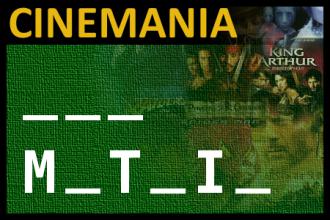CINEMANIA: Guess the movie title
Film was made in 1999.Correct answers: 58
The first user who solved this task is Djordje Timotijevic.
#brainteasers #movie #film #cinemania

Housemaid demands a raise from the lady of the house
Lady: So, what do you have in mind?
Maid: I would like to have a ferrari, no?
Lady: Why in the 7 hells do you think you deserve that?!?
Maid: See, I cook way better than you
Lady: Says who?
Maid: Your husband! Also I do laundry better than you
Lady: And why do you think so?
Maid: Your Husband said it, Also I´m much better in bed than you are.
Lady: DOES MY HUSBAND ALSO SAID THAT??!
Maid: No Miss, but the gardener
Lady: ...Red or Yellow for the ferrari?
Maid: I would like to have a ferrari, no?
Lady: Why in the 7 hells do you think you deserve that?!?
Maid: See, I cook way better than you
Lady: Says who?
Maid: Your husband! Also I do laundry better than you
Lady: And why do you think so?
Maid: Your Husband said it, Also I´m much better in bed than you are.
Lady: DOES MY HUSBAND ALSO SAID THAT??!
Maid: No Miss, but the gardener
Lady: ...Red or Yellow for the ferrari?

